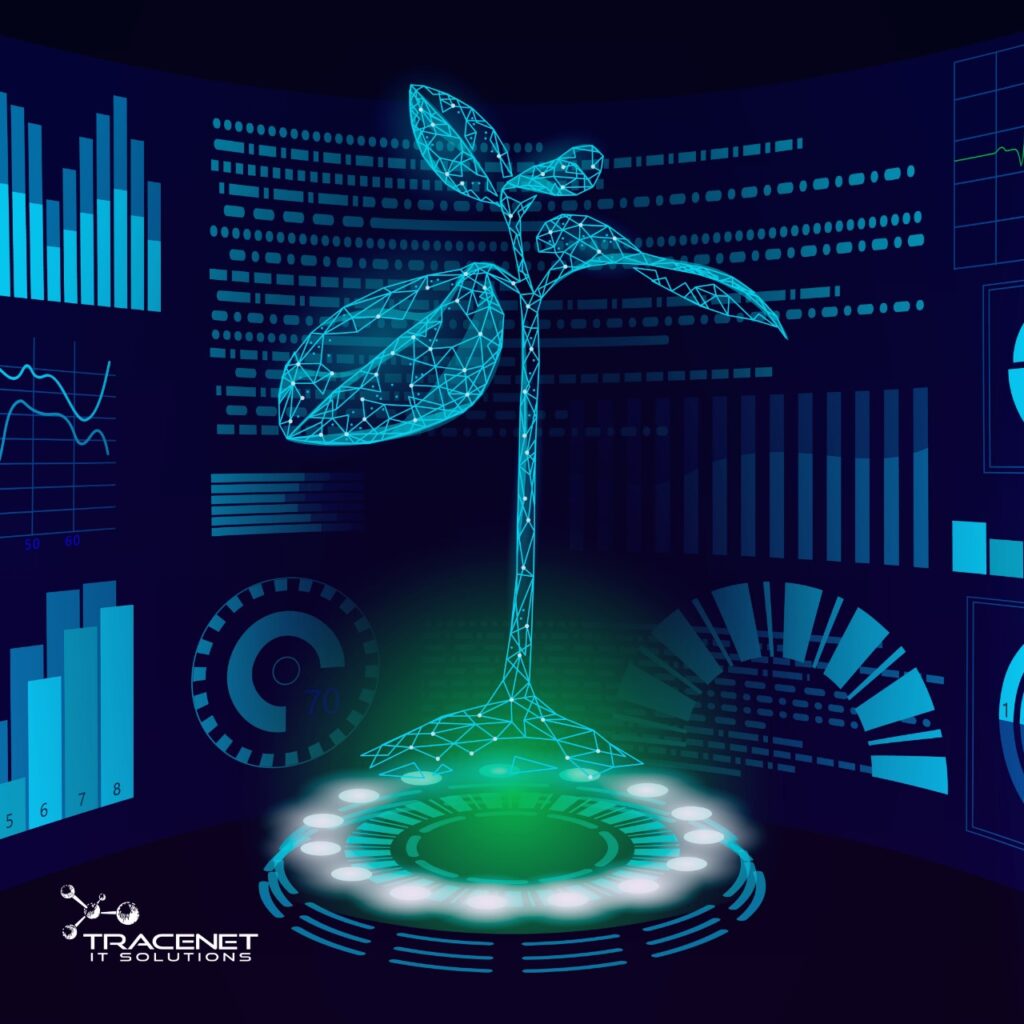Green technology can benefit regular people, businesses, the environment, and employees. Technology goods require a high demand for energy from the time they are manufactured. Until they are discarded, in addition to being made of materials that cannot be reused.
Green products are generated from a raw material and the procedures have a considerably reduced environmental impact. Enabling excellent energy efficiency as well as minimal waste output. Learn more about the history and benefits of this type of technology to comprehend how it can accumulate in various domains.
What is green technology?
Green technology, also known as environmental technology or eco-technology, is a field of technological innovation that focuses on the discovery, development, and implementation of technological solutions targeted at environmental preservation and impact reduction.
This topic tries to strike a balance between technological advancement and environmental sustainability. Taking into account the consequences of human activities on the ecosystem and seeking for strategies to mitigate these effects.
Green technology covers a wide range of areas and solutions, including clean energy, waste management, water conservation, sustainable agriculture, urban mobility, and others. Among the primary areas of concentration are:
● Renewable energy: Green technology encourages the use of renewable energy sources such as solar, wind, hydropower, biomass, and geothermal. These energy sources are renewable and produce fewer greenhouse gases than fossil fuels, which helps to prevent climate change.
● Waste Management: Green technology finds methods to reduce, reuse, and recycle solid, liquid, and toxic waste, thereby reducing waste to landfills and environmental contamination.
● Energy efficiency: Improving energy efficiency in buildings, transportation, and manufacturing processes is a critical component of green technology. This includes creating systems and technologies that use less energy while also decreasing waste and operational expenses.
● Water conservation: Water management is critical to green technologies. This involves water collection, treatment, and distribution, as well as water resource conservation through sustainable methods.
● Enterprise environmental technology: Companies are using environmentally friendly practices and technology in order to decrease their carbon footprint, save resources, and comply with environmental rules.
How did it come about?
The concept of green technology itself emerged in the late twentieth century. When the green movement gained traction and worldwide awareness increased. Until 1970, everything the Earth had to give could have sufficed to suit human requirements.
However, as a result of the vast number of inputs thrown away and the promotion of consumerism, processes damaging to life on the earth have expanded rapidly. Green technology was developed in response to the need to decrease the damage caused.
Why is this type of technology so important?
Because of the environmental and climate difficulties that our world faces, green technology, also known as environmental technology or eco-technology, is critical. It is critical in reducing these issues and striving for a more sustainable future.
Green technology is concerned with lowering greenhouse gas emissions. This is critical in preventing climate change. Which has disastrous consequences such as rising temperatures, melting glaciers, extreme weather events, and rising sea levels. The use of renewable energy, energy efficiency, and sustainable transportation all help to reduce CO2 emissions.
How can companies benefit from green technology?
Green technology can assist in lowering a companys operational costs. Implementing energy efficiency techniques, for example, can reduce electricity and heating costs, while efficient waste management can reduce waste disposal costs.
Adopting renewable energy technology such as solar panels and wind turbines enables businesses to create their own electricity, saving money over time and reducing reliance on traditional, often more expensive energy sources.
Why cant all technologies be given this title?
This occurs because not all technologies are produced using sustainable materials or renewable resources. Materials and energy sources must rely on certain natural resources, and their acquisition, as well as the consequences, will be solely determined by the location and method of extraction.
In terms of material utilization, there should be more investment in research to identify alternate forms of sustainable energy to replace environmentally hazardous components that are currently commonly utilized in information technology systems.
While this has not yet occurred, it is feasible that minor adjustments to process management will be applied. This can begin with environmental education, which can be delivered to executives and staff to help them make environmentally sound decisions and improve their performance.
Green technology and sustainable technology: are they the same thing?
Green technology can assist in lowering a companys operational costs. Implementing energy efficiency techniques, for example, can reduce electricity and heating costs, while efficient waste management can reduce waste disposal costs.
Adopting renewable energy technology such as solar panels and wind turbines enables businesses to create their own electricity, saving money over time and reducing reliance on traditional, often more expensive energy sources.
While green technology is mainly focused on specific technologies produced to help the environment, sustainable technology is a much broader concept that takes into account the context in which these technologies are employed.
Main impacts of green technology
It is critical to discuss the consequences of this type of technology. After all, sustainability has become a hotly debated topic. Green technology has an impact on the following areas in general:
1. Energy value is reduced since it employs a renewable source and expands the
capacity of clean energy facilities.
2. reducing pollution in rivers, water, and soil, as well as conserving nature.
3. Reduced creation of waste that would otherwise be thrown as electronic waste.
4. Reduced emissions of carbon dioxide and other greenhouse gases that hasten
the process of global warming.
5. It reduces reliance on fossil fuels by utilizing sustainable energy sources.
6. Processes in the company have become more efficient.
Green technology is crucial in solving global environmental concerns such as climate change, natural resource shortages, and environmental degradation. As people become more conscious of the need of sustainability, the creation and adoption of green technology solutions evolves, helping to safeguard and preserve the world for future generations.



